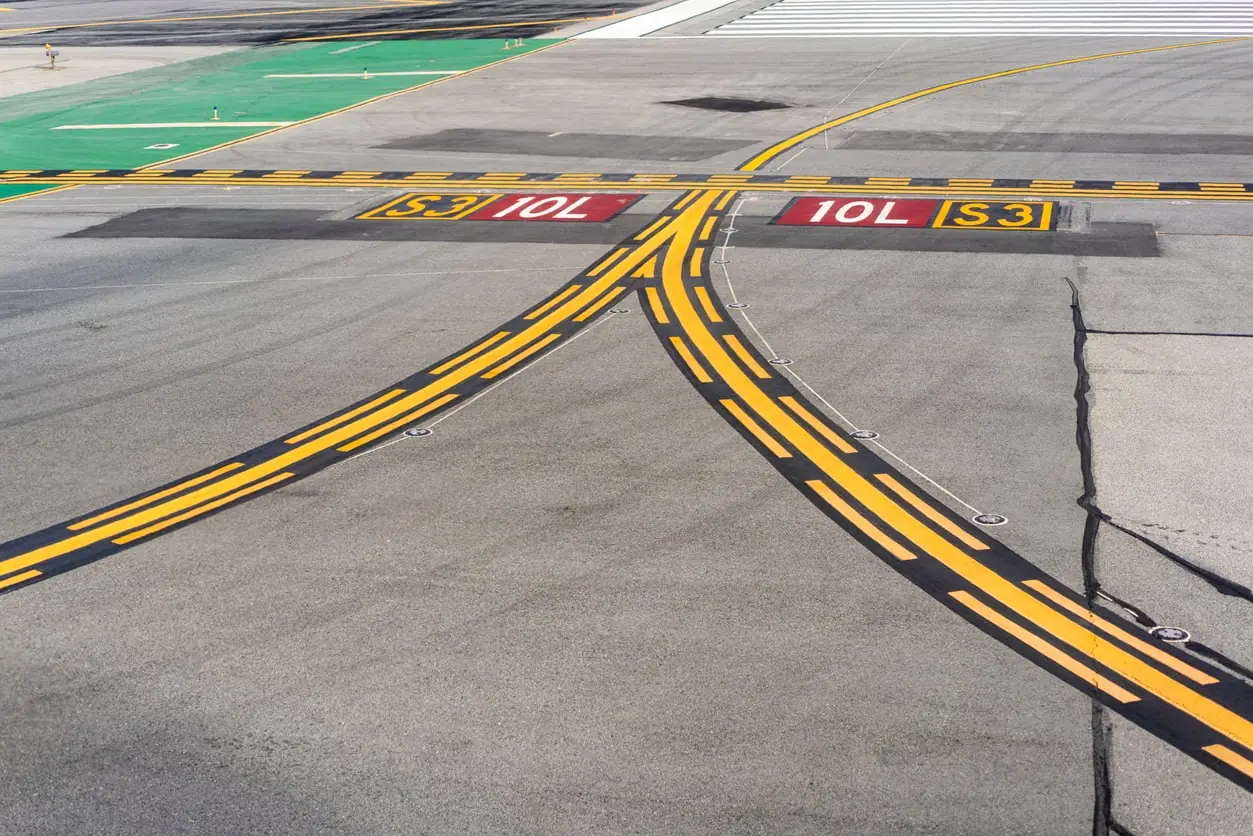
The Role of Advanced Building Materials in Modern Airport Pavements
As air travel continues to increase, the demand for efficient and durable airport infrastructure has never been more critical. One of the essential components of this infrastructure is the airport pavement, which must withstand heavy loads, resist environmental degradation, and provide a safe surface for aircraft operations. Advanced building materials play a pivotal role in achieving these objectives, enhancing the performance and longevity of airport pavements. This article explores the significance of these materials and their impact on modern airport design and construction.
Building Products: Innovations in Airport Pavement Construction
The evolution of building products has transformed the way airport pavements are designed and constructed. Traditional materials such as asphalt and concrete are now supplemented with advanced composites, polymers, and additives that improve performance characteristics.
Enhanced Durability and Performance
Modern building products are engineered to enhance the durability of airport pavements. For instance, high-performance concrete (HPC) incorporates supplementary cementitious materials (SCMs) like fly ash and silica fume, which improve resistance to cracking, shrinkage, and environmental factors. This increased durability is crucial for airport pavements, which endure constant stress from aircraft movements and varying weather conditions.
Additionally, the use of polymer-modified asphalt (PMA) has gained popularity in airport pavement construction. PMA enhances the elasticity and flexibility of asphalt, allowing it to better withstand temperature fluctuations and heavy loads. This innovation reduces the likelihood of pavement failures, such as rutting and cracking, thus extending the lifespan of the pavement and minimizing maintenance costs.
Sustainability Considerations
Sustainability is a growing concern in the construction industry, and airport pavements are no exception. Advanced building products often incorporate recycled materials, reducing the environmental impact of construction. For example, the use of reclaimed asphalt pavement (RAP) in new asphalt mixtures not only conserves resources but also contributes to a circular economy.
Moreover, innovative materials such as permeable pavements are being explored for airport applications. These materials allow water to infiltrate through the pavement surface, reducing runoff and promoting groundwater recharge. By integrating sustainable building products, airports can enhance their environmental stewardship while maintaining high-performance pavements.
Airport Pavement Markings: Ensuring Safety and Efficiency
In addition to the structural integrity of airport pavements, the visibility and durability of airport pavement markings are crucial for safe aircraft operations. Effective markings guide pilots and ground personnel, ensuring efficient movement on the airfield.
Advanced Marking Materials
The materials used for airport pavement markings have also evolved significantly. Traditional paint is being replaced by more durable options such as thermoplastic and epoxy-based materials. These advanced marking products offer improved adhesion, weather resistance, and longevity, reducing the frequency of repainting and maintenance.
Thermoplastic markings, for instance, are applied as a molten material that bonds to the pavement surface upon cooling. This process creates a robust and durable marking that can withstand the wear and tear of aircraft movements and harsh environmental conditions. Additionally, the use of reflective materials in markings enhances visibility during low-light conditions, further improving safety on the airfield.
Compliance with Regulatory Standards
Airport pavement markings must adhere to strict regulatory standards set by aviation authorities. Advanced marking materials are designed to meet these standards, ensuring that markings remain visible and effective throughout their service life. This compliance is critical for maintaining safety and operational efficiency at airports.
Conclusion
The role of advanced building materials in modern airport pavements is indispensable. Innovations in building products enhance the durability, sustainability, and performance of airport pavements, ensuring they can withstand the rigorous demands of air travel. Additionally, the evolution of airport pavement markings contributes to safety and operational efficiency, enabling smooth aircraft movements on the airfield.
As the aviation industry continues to grow, investing in advanced building materials and technologies will be essential for developing resilient airport infrastructure. By prioritizing these innovations, airports can enhance their operational capabilities while minimizing environmental impacts, ultimately supporting the future of air travel.



